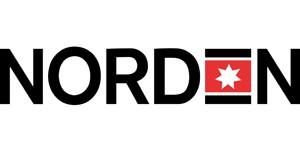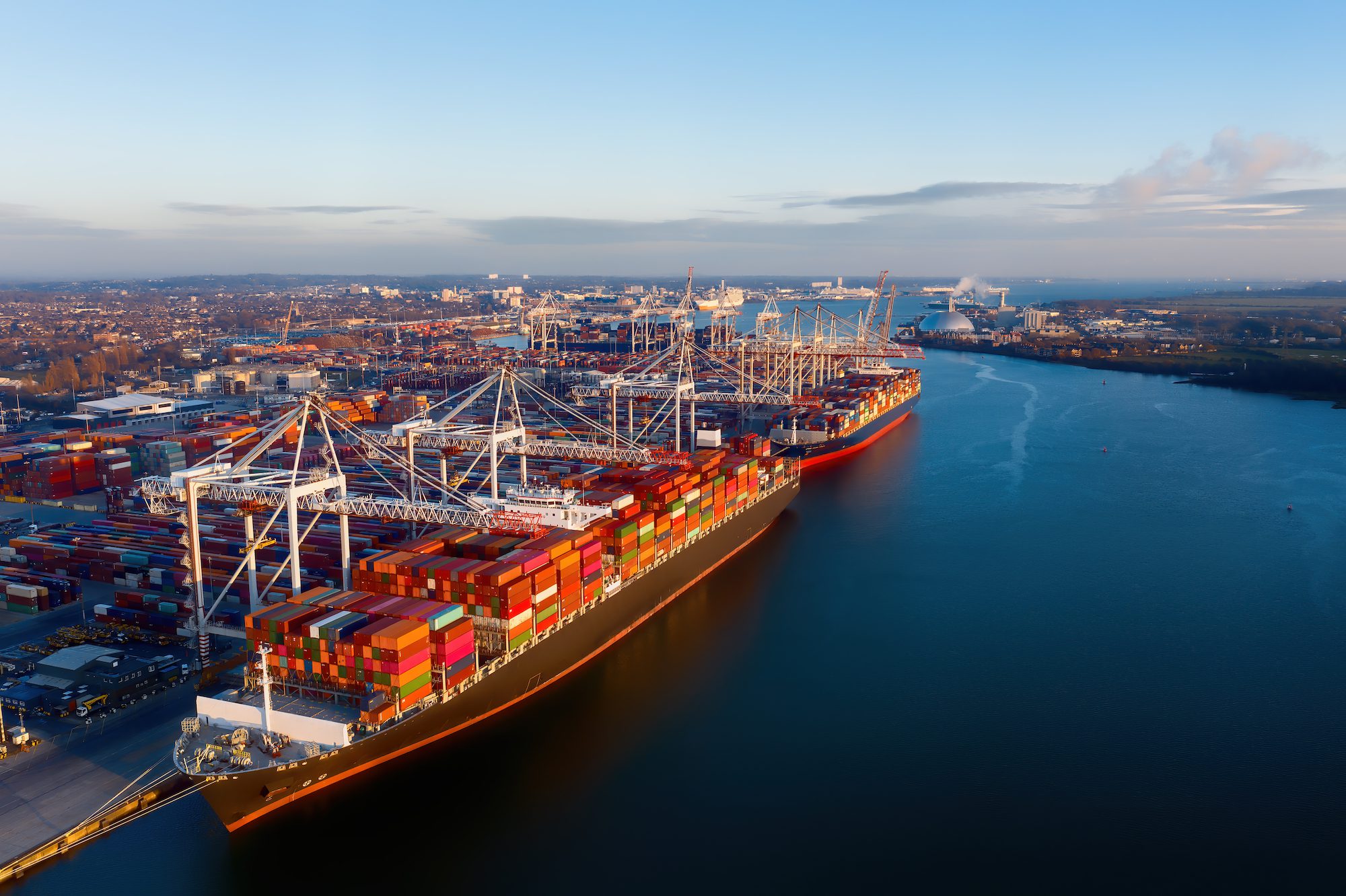 (Bloomberg) — D/S Norden A/S, Europe’s biggest owner of ships hauling iron ore and coal, is making its first bet in three years that rates for Panamax vessels will rally from the lowest in more than a decade.
(Bloomberg) — D/S Norden A/S, Europe’s biggest owner of ships hauling iron ore and coal, is making its first bet in three years that rates for Panamax vessels will rally from the lowest in more than a decade.
The operator of 64 of the ships booked 6 percent less cargo than its capacity this year, keeping reserves that can be used once earnings rise, according to a May 15 statement. Norden’s strategy since 2010 was to book more than it could carry and hire extra vessels as rates dropped. Shares of the Hellerup, Denmark-based company will advance 9 percent in a year, the average of nine analyst estimates compiled by Bloomberg shows.
Expectations for a rebound are building after rates plunged 93 percent from a record five years ago and ship prices adjusted for inflation collapsed to an all-time low. Norden is adding $445 million of new vessels to its fleet. Greek shipping companies, the owners of one in six merchant vessels, ordered the most iron ore-carrying Capesizes since 2008. The Bloomberg Dry Ships Index of 12 companies rose 12 percent this year as equity investors also became more bullish.
“It’s a clear signal that Norden is expecting the market to turn around,” said Stig Frederiksen, an analyst at Carnegie Bank AS in Oslo, whose recommendations on shipping companies returned 9.7 percent in the past six months. “Switching to being long Panamaxes tells me there’s a market for Panamaxes this year.”
Expanding Faster
Rates for the 750-foot-long carriers averaged $7,583 a day this year, the worst start since 2002, according to data from the Baltic Exchange, a London-based publisher of maritime costs. Panamax capacity is expanding faster than any other part of the fleet after orders surged since 2007, when rates were as much as 12 times higher than now, according to data from the bourse and Clarkson Plc, the largest shipbroker.
Shares of Norden rose 16 percent to 189.70 kroner in Copenhagen trading this year. They will advance to 206.76 kroner in 12 months, according to the analysts’ forecasts. The company’s Panamaxes are part of its fleet of 218 vessels, some of them operated on behalf of other companies.
Norden’s so-called Panamax coverage ratio for 2013 is 94 percent, giving it spare capacity once rates rebound, the company said May 15. The average since the second quarter of 2010 was 120 percent, meaning it had fewer vessels than pre- booked cargoes. Rates plunged 67 percent since then, according to Baltic Exchange data.
“The market won’t get much worse,” Martin Badsted, an executive vice president responsible for market analysis, planning and risk management at Norden, said by phone May 15. “Medium term, rates and values will move higher.”
Freight Swaps
Panamaxes, each capable of hauling about 75,000 metric tons of cargo, will earn an average of $9,000 a day this year, according to nine analyst estimates compiled by Bloomberg. Freight swaps anticipate rates no higher than $7,332 until the end of the year.
Swaps traders are betting this year will be the worst since at least 1999. Rates will average about $6,400 for the remainder of the period, according to the Baltic Exchange’s assessments for the forward contracts. A typical Panamax needs about $10,300 a day to break even, estimates Arctic Securities ASA, an Oslo- based investment bank.
Supply and demand projections for this year suggest any rally may be limited. The Panamax fleet will expand 12 percent, according to Clarkson. The broker is anticipating growth of 5 percent in cargoes including coal, iron ore and grains.
Iron Ore
China’s economy will expand 8 percent this year, the second-weakest growth since 1999, according to the average of 52 economist estimates compiled by Bloomberg. The nation accounts for about 66 percent of all seaborne iron-ore trade and 18 percent of coal cargoes, according to Clarkson.
The glut in Panamaxes is being mirrored across the merchant fleet, with 20 percent more vessels than cargoes in March, the biggest imbalance since the early 1980s, Clarkson estimates. About 90 percent of world trade moves by sea, according to the Round Table of Shipping Associations.
Excess shipping capacity should start to diminish because the rout in rates curbed orders for new vessels. The total order book for dry-bulk ships now equates to 17 percent of the existing fleet, compared with as much as 74 percent in 2009, according to data from IHS Fairplay, a Redhill, England-based maritime research company.
The ratio for Panamaxes dropped to 23 percent, from 53 percent in 2010. The actual order book may be even lower because owners canceled some projects and that information has yet to be made public, according to Erik Nikolai Stavseth, an analyst at Arctic in Oslo.
Dry Ships
Ten of 12 companies in the Bloomberg Dry Ships Index will report net income or narrowed losses for next year, according to analyst forecasts compiled by Bloomberg. No projections were available for Oslo-based Belships ASA.
Pacific Basin Shipping Ltd., based in Hong Kong, has the biggest weighting in the gauge. It will return to a $36.9 million profit this year, according to the mean of 11 analyst predictions. Norden’s loss will narrow to $31.8 million in 2013, from $53.8 million last year, the estimates show. The company will return to profit next year, according to the projections.
Norden also said May 15 it was acquiring 17 new ships by either buying them or operating the vessels on long-term charters for other investors. The orders include dry-bulk carriers as well as tankers hauling refined oil products such as jet fuel.
“The cycle is turning upward,” said Frode Moerkedal, an analyst at RS Platou Markets AS in Oslo, whose recommendations on the shares of shipping companies returned 18 percent in the past year. “Rates will see a gradual improvement this year and accelerate toward 2015.”
– Rob Sheridan, Copyright 2013 Bloomberg.

 Join The Club
Join The Club











